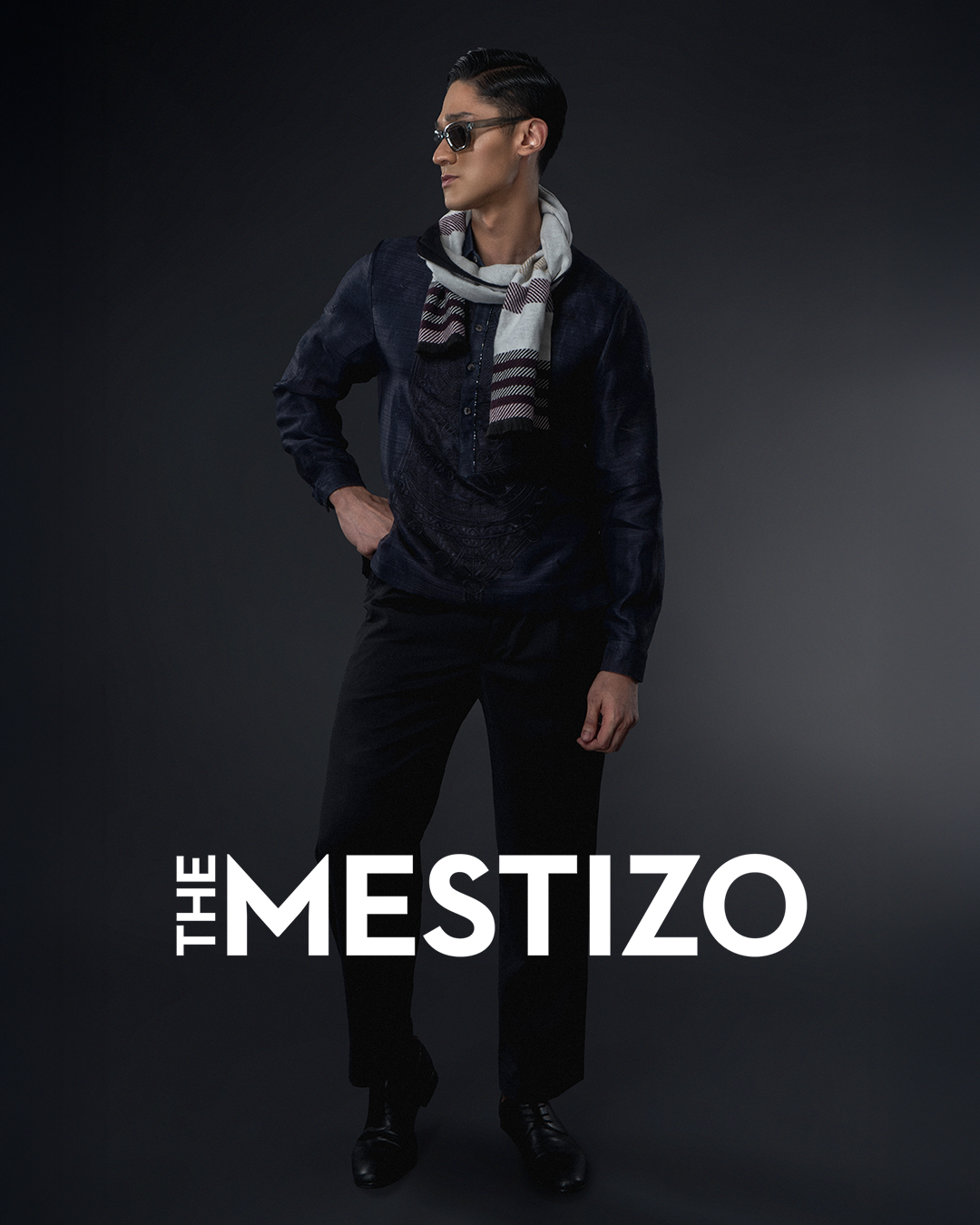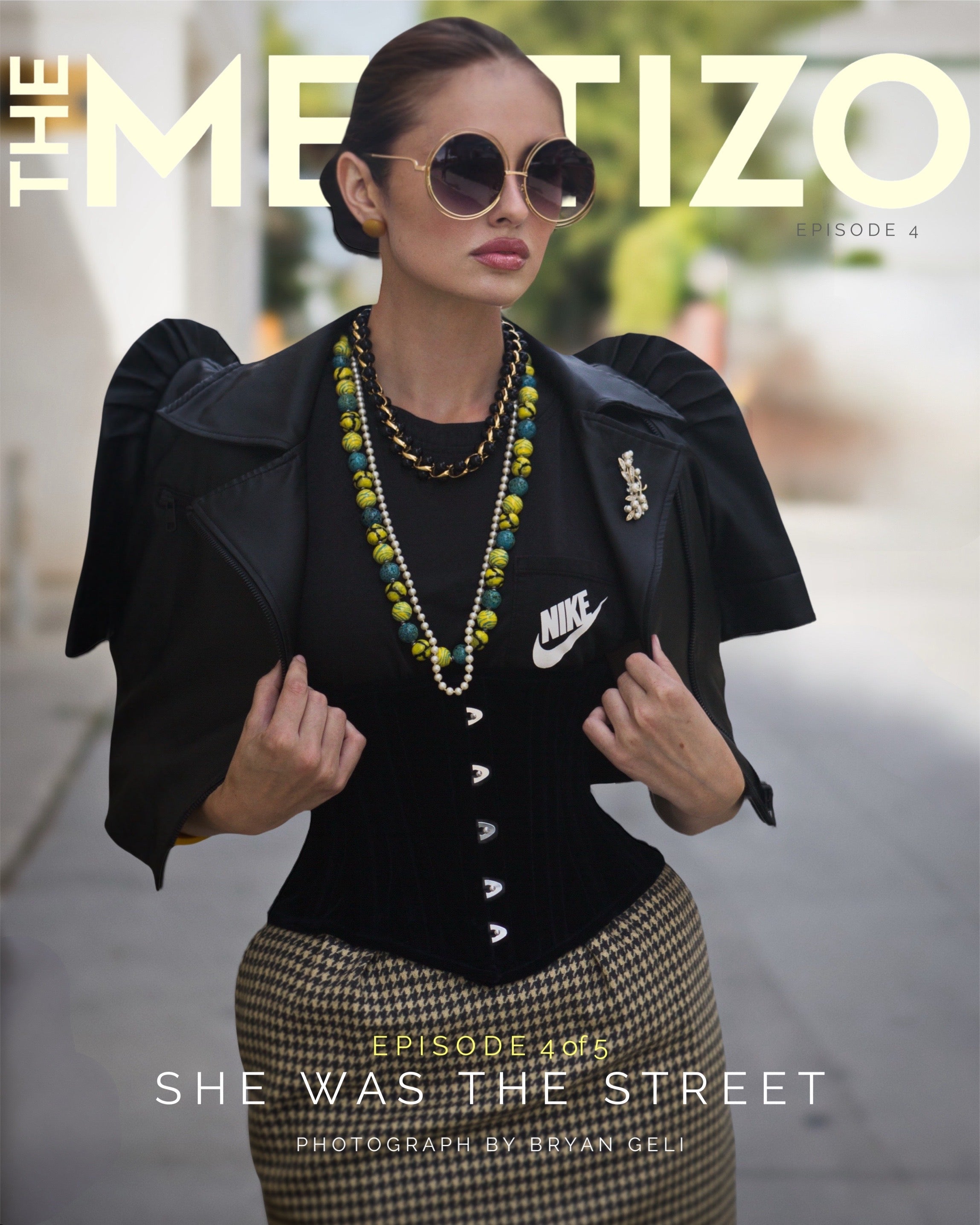Wearing Your Roots: Bridging Tradition and Modern Style
In today's fashion landscape, clothing is no longer just about aesthetics or utility—it's about identity. As the world grows more interconnected, people are increasingly seeking ways to express their heritage and individuality through what they wear. For many, incorporating elements of cultural tradition into everyday fashion has become a meaningful way to tell their personal stories.
Heritage as a Form of Storytelling
Across cultures, clothing has historically played a role in narrating identity, status, belief systems, and community ties. Traditional textiles, colors, and symbols carry with them centuries of meaning and memory. Today, wearing garments that reflect one’s heritage serves as a form of cultural continuity—an act of reclaiming and reimagining ancestral narratives for modern life (Eicher, 1995).
This resurgence is especially significant for members of diasporic communities, for whom fashion can be a bridge between lived experience and inherited tradition. Incorporating cultural elements into daily wardrobes can affirm one's connection to their roots without needing to explain or justify it. The clothes speak for themselves.
Modern Interpretations, Not Costumes
One common concern when blending heritage into fashion is the fear of looking like one is wearing a costume. But modern designers and consumers alike are rethinking this narrative. Rather than replicating traditional garments exactly as they were worn in ceremonial or historical contexts, contemporary fashion embraces adaptation.
This includes incorporating indigenous patterns into streetwear, applying traditional embroidery techniques on minimalist garments, or blending ancestral silhouettes with modern tailoring. These choices enable cultural expression without literal reenactment, creating space for both authenticity and innovation (Craik, 2009).
The key lies in intention—paying homage to one’s roots without romanticizing or oversimplifying them. This conscious approach helps ensure cultural integrity while inviting personal style and creativity.
Craftsmanship as Cultural Preservation
Beyond aesthetics, heritage-inspired fashion supports the preservation of traditional craftsmanship. Many garments rooted in cultural heritage are handmade using techniques passed down through generations—such as weaving, dyeing, or embroidery. By integrating these techniques into modern fashion, artisans and designers contribute to the survival of these crafts in a globalized world (Littrell & Dickson, 2010).
Furthermore, wearing clothing that reflects one’s heritage becomes an act of resistance against cultural erasure. It empowers individuals to take pride in their origins, while also educating others in subtle, non-performative ways.
A New Fashion Ethos
Ultimately, heritage fashion is about more than nostalgia. It represents a new fashion ethos—one that values identity, history, and craftsmanship as much as trends or silhouettes. By blending traditional motifs with modern aesthetics, individuals can wear their stories with pride, bridging the past and the present through every thread and seam.
Whether bold or understated, these garments serve as visual affirmations of self and culture. They remind us that we do not have to choose between tradition and modernity—we can honor both, seamlessly woven together.
References
Craik, J. (2009). Fashion: The key concepts. Berg Publishers.
Eicher, J. B. (1995). Dress and ethnicity: Change across space and time. Berg Publishers.
Littrell, M. A., & Dickson, M. A. (2010). Artisans and fair trade: Crafting development. Kumarian Press.



Leave a comment
This site is protected by hCaptcha and the hCaptcha Privacy Policy and Terms of Service apply.